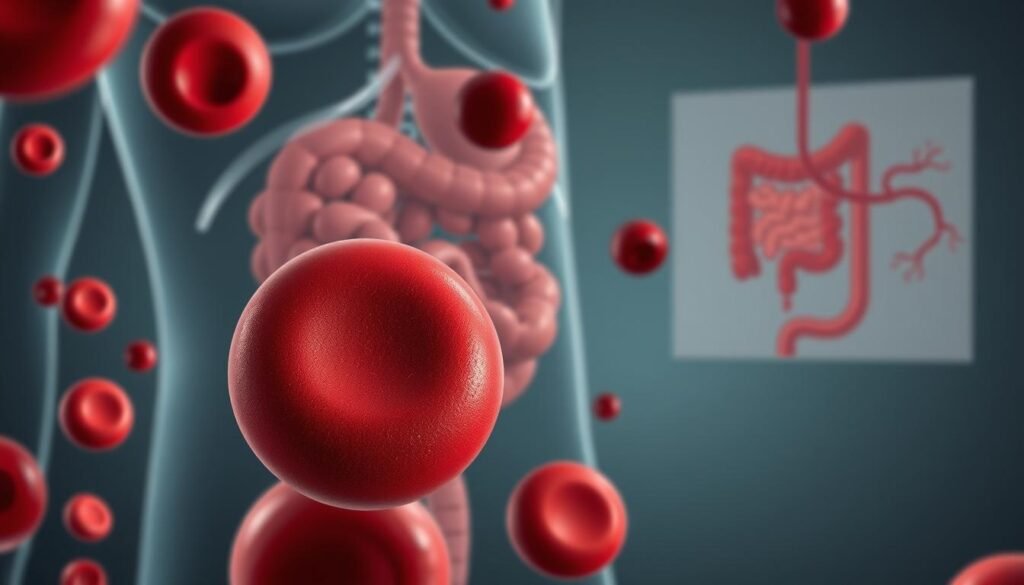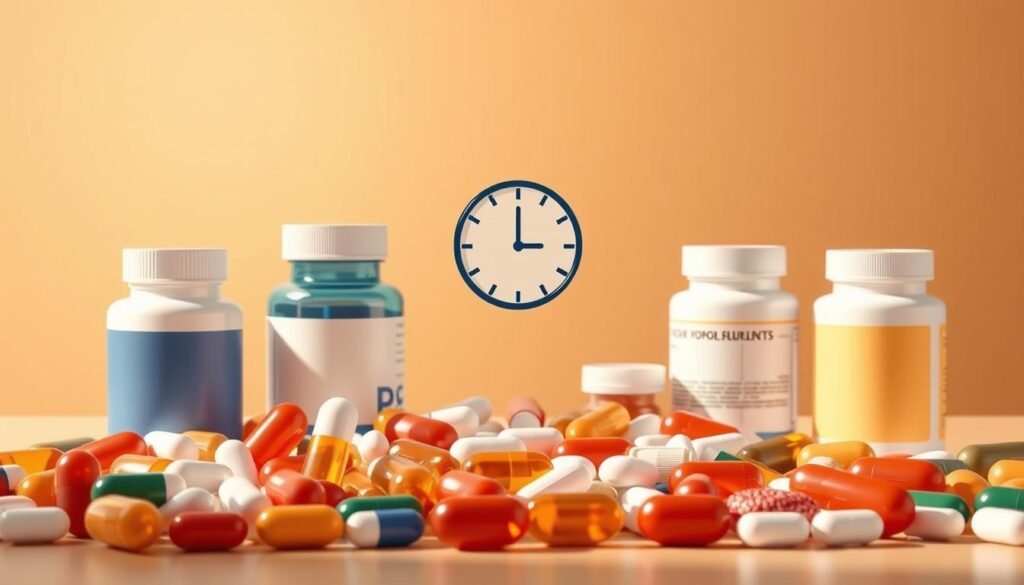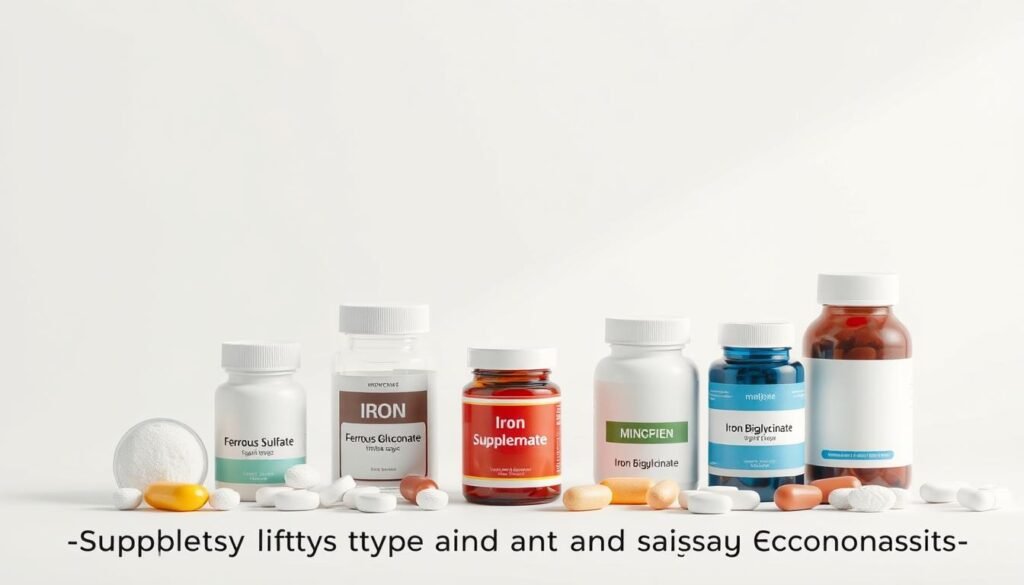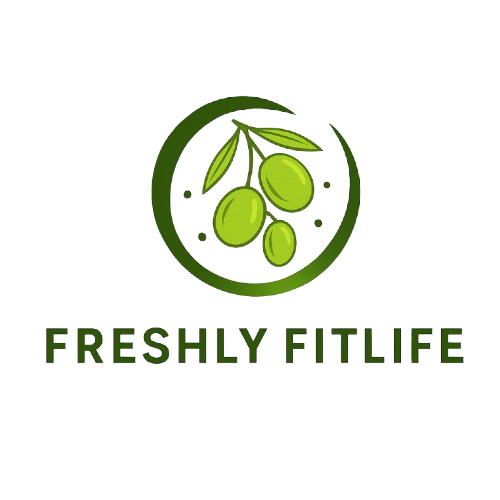What if your fatigue isn’t just stress—but a hidden iron storage problem? Ferritin, the protein that stores iron in your body, plays a critical role in energy production and oxygen transport. When levels drop, even naturally reversible deficiencies can spiral into anemia, leaving you drained and foggy.
Nearly 30% of people globally struggle with low iron reserves. This isn’t just about pale skin or shortness of breath—it’s about how your blood fuels every cell. Supplements like ferrous sulfate or gluconate offer a science-backed solution, but timing and dosage matter. Experts recommend 120 mg of elemental iron daily for adults, though pairing it with vitamin C can boost absorption.
Why focus on ferritin? Unlike serum iron, which fluctuates daily, this biomarker reflects your long-term storage. Think of it as your body’s iron savings account. Monitoring it ensures your red blood cells have the resources to thrive. Let’s explore practical, expert-guided strategies to replenish those reserves safely.
Key Takeaways
- Ferritin acts as your body’s iron storage system, directly impacting energy and oxygen delivery.
- Low levels often cause fatigue, weakness, and anemia if untreated.
- Iron salts like ferrous sulfate (20% elemental iron) are widely recommended for deficiency.
- Daily doses of 120 mg for three months may restore healthy reserves in adults.
- Pair supplements with vitamin C-rich foods to enhance absorption.
- Retest levels after one month to track progress and adjust treatment.
Understanding Iron, Ferritin, and Anemia
Your body’s energy system relies on a hidden trio: iron, ferritin, and red blood cells. These elements work together like a well-oiled machine to keep you energized and oxygen flowing. Let’s break down their roles.

Iron’s Oxygen Highway
Hemoglobin, the protein in red blood cells, grabs oxygen from your lungs and delivers it to tissues. Without enough iron, this process stalls. Muscle cells also depend on iron through myoglobin, which stores oxygen for quick bursts of energy during activity.
Ferritin: The Storage Guardian
Think of ferritin as your body’s iron savings account. This storage protein holds onto iron reserves for future use. When levels drop below 20 ng/mL, doctors often diagnose iron deficiency, which can progress to anemia if untreated.
| Group | Daily Iron Needs | Key Sources |
|---|---|---|
| Adult Men | 8 mg | Meat, lentils |
| Women (19-50) | 18 mg | Spinach, fortified cereals |
| Pregnant Individuals | 27 mg | Prenatal vitamins, beans |
Low ferritin doesn’t just affect energy. It disrupts protein synthesis, slowing cell repair. The American Society of Hematology notes hemoglobin below 13 g/dL (men) or 12 g/dL (women) signals anemia. Catching this early helps prevent fatigue and brittle nails.
How to Increase Ferritin Levels with Supplements
Getting the most from your iron regimen requires precision. The American Society of Hematology emphasizes that elemental iron—the actual amount usable by your body—determines effectiveness. For mild deficiencies, 60-120 mg daily often works. Those with confirmed anemia may need 150-200 mg under medical supervision.

Nutrient Dosages Decoded
Not all supplements deliver equal results. Ferrous sulfate packs 65 mg elemental iron per 325 mg tablet, while ferrous gluconate offers 28 mg. Pairing either with 100-200 mg of vitamin C—like orange juice or bell peppers—boosts absorption by 30%.
| Supplement Type | Elemental Iron | Best For |
|---|---|---|
| Ferrous Sulfate | 65 mg | Rapid deficiency correction |
| Ferrous Gluconate | 28 mg | Sensitive stomachs |
| Carbonyl Iron | 18 mg | Gradual maintenance |
Take tablets on an empty stomach, but if nausea occurs, try them with a small meal. Avoid calcium-rich foods or antacids within two hours—they block iron uptake. Pro tip: Start with half doses for three days to ease digestion.
Retest ferritin levels after four weeks. Most people see improvements within three months. Always discuss options with your doctor—they might recommend alternate forms like liquid iron or infusions if pills cause distress.
Supplement Types and Dosage Considerations
Choosing the right iron supplement can feel like navigating a maze. Not all formulas work equally well, and elemental iron content—the actual absorbable portion—varies widely between products. Let’s simplify your options.

Iron Salts: What’s the Difference?
Ferrous sulfate leads the pack with 65 mg of elemental iron per 325 mg tablet, making it cost-effective for rapid deficiency correction. Research shows it’s 2-3 times more bioavailable than plant-based iron. But its higher potency can trigger digestive discomfort.
Ferrous gluconate offers gentler absorption with 28 mg elemental iron, ideal for sensitive stomachs. Though pricier, studies note 30% fewer reports of nausea compared to sulfate forms. Here’s a quick breakdown:
| Type | Elemental Iron | Best Use |
|---|---|---|
| Ferrous Sulfate | 65 mg | Severe deficiencies |
| Ferrous Gluconate | 28 mg | Mild cases |
| Polysaccharide Iron | 50 mg | Chronic use |
Making Supplements Work for You
Up to 70% of users experience side effects like constipation or heartburn. Try these science-backed fixes:
- Start with half doses for 3-5 days
- Take tablets with orange juice (vitamin C boosts absorption)
- Avoid dairy within 2 hours
If morning doses cause nausea, switch to evenings. Liquid iron or carbonyl formulas reduce gastrointestinal stress by 40%, per clinical trials. Always check labels for elemental iron amounts—this determines your actual intake.
Retest ferritin levels after 4-6 weeks. Adjust doses based on lab results and symptom changes. Consistency beats intensity: better to take 60 mg daily without skipping than struggle with 120 mg.
Factors Influencing Iron Absorption and Supplement Effectiveness
The journey from iron capsule to bloodstream isn’t straightforward. What you eat, when you take your dose, and even your gut health determine whether those supplements actually work. Optimizing absorption means partnering with helpful nutrients while dodging dietary saboteurs.
Boosting Power: Vitamin C’s Secret Role
Ascorbic acid transforms iron into a more absorbable form. Studies show 100 mg of vitamin C—about one orange—can increase uptake by 30%. Citrus fruits, bell peppers, and strawberries create soluble iron chelates that bypass gut interference.
Dietary Foes: Calcium’s Hidden Impact
Milk, cheese, and antacids containing calcium slash absorption by 50%. These blockers bind to iron in the gut, creating insoluble complexes. Even 300 mg of calcium (one yogurt) taken with a supplement reduces iron availability for hours.
| Enhancer | Effect | Inhibitor | Effect |
|---|---|---|---|
| Orange Juice | +30% absorption | Dairy Products | -50% absorption |
| Broccoli | Improves solubility | Black Tea | Blocks 60% uptake |
Gut-Friendly Tactics
Nausea and constipation affect 40% of users. Try splitting doses—take half in the morning with OJ, half at night. If issues persist, liquid iron causes 60% fewer side effects than tablets. Always wait two hours after coffee or calcium-rich meals before taking your supplement.
Healthy ferritin levels (30-400 ng/mL for men, 20-300 ng/mL for women) require smart absorption strategies. Pairing science with practical adjustments helps your body reclaim its iron reserves efficiently.
Combining Supplements with a Nutrient-Rich Diet for Optimal Iron Stores
Rebuilding your body’s iron reserves works best when pills and plates team up. Heme iron from animal sources and non-heme iron from plants create a powerhouse duo. Studies show combining both types boosts absorption by 40% compared to relying solely on supplements.
Smart Pairings for Maximum Impact
Lean beef, turkey, and clams deliver heme iron your body absorbs effortlessly. Pair them with lentils or spinach for a double dose. Vitamin C-rich foods like bell peppers or strawberries turn plant-based iron into a form your gut readily uses.
| Heme Sources | Non-Heme Sources | Enhancers |
|---|---|---|
| Chicken liver (11 mg/serving) | Fortified oatmeal (10 mg) | Orange slices |
| Oysters (8 mg) | Tofu (6 mg) | Tomato sauce |
Women need 18 mg daily—nearly double men’s requirements. A breakfast of scrambled eggs with spinach and a glass of OJ covers 25% of that goal. Snack on pumpkin seeds or dried apricots between meals for steady iron intake.
Time supplements wisely. Take them with a chicken salad lunch, but skip dairy for two hours. Research confirms this approach raises iron stores 50% faster than supplements alone. Your body thrives when diet and science work together!
Conclusion
Your journey to balanced iron stores combines science and smart choices. Proper use of supplements like ferrous sulfate or gluconate, paired with vitamin C-rich foods, addresses iron deficiency anemia effectively. Monitoring ferritin levels (measured in nanograms per milliliter) guides progress, while understanding absorption blockers ensures results.
Clinical data shows 120 mg of elemental iron daily often restores reserves within months. Pairing tablets with orange juice boosts uptake, while spacing out dairy prevents interference. Those with sensitive stomachs may prefer gentler options like liquid formulas.
Consistency matters more than high doses. Regular blood tests track hemoglobin improvements and red blood cell health. Work with your doctor to adjust intake based on symptoms and lab results.
True recovery from deficiency hinges on both supplements and iron-rich meals. Oysters, spinach, and fortified cereals build reserves, while avoiding tea with pills maximizes absorption. Small daily steps create lasting energy gains.




